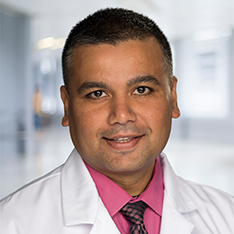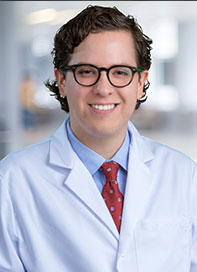Take advantage of the University Health donor champion program to help you find a living kidney donor.
Advantages of a Living Donor
The typical wait time for a kidney transplant in South Texas is more than six years. With a living kidney donation, you can get your transplant more quickly and become eligible for our minimally invasive procedure. That’s why a living kidney donation is often the best option for patients with kidney failure. A family member, friend or someone you don’t know may be able to donate one of their kidneys to you.
The benefits of having a kidney transplant from a live person include:
- Better short- and long-term results
- No need for placement on the national waiting list
- Flexible planning and scheduling of your transplant
- Positive emotional experience for you and your donor
- Shorter waiting time to receive a kidney transplant
- Eligibility for our state-of-the-art da Vinci® Robotic surgery
Finding a Living Kidney Donor
If you are looking for a living kidney donor, you’ll appreciate the assistance our transplant living donor champion can give you. Your champion is a dedicated, knowledgeable resource to help you find a living donor. Support services from your champion may include:
- Educating and advocating for you
- Educating others
- News media (radio, TV and newspaper) exposure and human-interest stories to promote your need
- Social media networking to raise awareness of your situation
Living Donor Process
When you find a living kidney donor, you and your donor will have tests and appointments to make sure you are a good match and prepare for the transplant.
Kidney Paired Donation
Work with us to improve your chance of receiving a living-donor kidney. We are the only transplant center in San Antonio participating in the kidney paired donation program managed by United Network for Organ Sharing (UNOS).
Ask about this program if tests show that you and your potential donor are not a match. Other donor-recipient pairs face the same situation.
With our paired donation program, your donor gives his or her kidney to an unrelated, compatible recipient―and you receive a kidney from another living donor who is the right match for you. Sometimes, more than two compatible pairs can be matched for more life-saving transplants.



